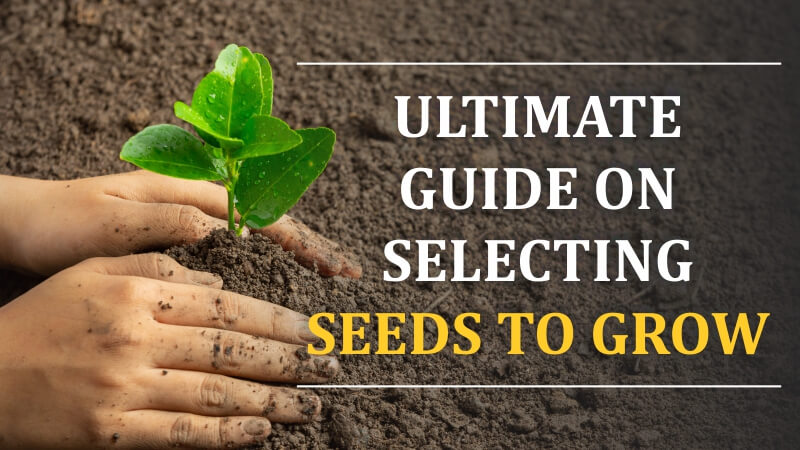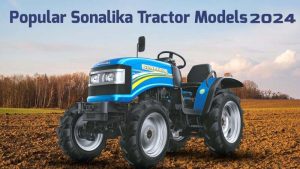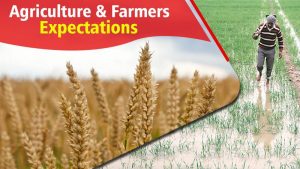A generic definition of “seed” that underlies this is anything that can be sowed.
What is a Seed?
In general terms, the seed is a substance that is utilized for planting or regeneration. Scientifically speaking, however, a seed is a mature, fertilized ovule that is encased in a seed coat and is used for sowing or planting. It is also a propagating material that is a component of horticultural, agricultural, sericultural, and silvicultural plants.
A real seed is an ovule that has been fertilized and is developed, consisting of an embryonic plant, a store of food, and a protective seed coat; the store of food is made up of cotyledons and endosperm.
Importance of seeds in Agriculture:
When man discovered the seed’s ability to reproduce, crop cultivation was established more than 10,000 years ago in the flood plains of the major rivers in North Africa and the Middle East. Seeds have been a crucial component in the development, growth, diversification, and enhancement of crop output from the dawn of crop husbandry to the present. Despite the fact that seeds are an essential component of agriculture, we frequently ignore or take them for granted despite their critical functions in crop improvement and agricultural productivity.
First and foremost, seeds are a very efficient and productive method of crop propagation. They are the primary method used to spread plant populations throughout both time and geography. Compared to the vegetative propagules used for some crops, seeds are smaller, making them much easier to store and carry. They are also more resilient and long-lived, easier to sow, and generally disease-free. Although seeds are superbly designed for plant growth, they also serve another purpose that is even more crucial for crop improvement.
- The cheapest and most important ingredient in crop production, the seed is essential to the advancement of agriculture.
- The seed used for sowing determines the crop’s status in a significant way.
- Utilized seed material determines how other inputs in crop production respond.
- The amount of seed needed to raise a crop is quite tiny, and its price is considerably lower than that of other inputs.
- This highlights the necessity of expanding the areas used to produce high-quality seeds.
- According to estimates, better varieties and high-quality seeds can enhance output by 20–25%.
Benefits of Using Quality seeds:
- They are pure genetically (true to type).
- Due to the crop’s ability to fully utilize its genetic potential, high-grade seed delivers a high return per unit area.
- less weed and other crop seed contamination of the land.
- Disease and pest problems are reduced.
- reduction in seed/seedling rate, or quick and even seedling emergence
- They are robust and disease- and pest-free.
- They are adaptable to the region’s harsh climate conditions and agronomic practices.
- The nutrients and fertilizers used on high-quality seeds work nicely.
- uniform in plant maturity and population.
- High-quality seed produces aesthetically beautiful crops.
- Good seed extends a variety’s life.
- Predicting yield is pretty simple.
- It will be simple to handle in the post-harvest operation.
- The preparation of completed goods is likewise superior.
- High marketability and generating value.
Choosing High-Quality Seeds:
When choosing a crop variety, a number of criteria should be taken into account:
- Adaptability to regional circumstances
- Seeds with a high yield and certification
- Grain of good quality
- Resistance to illnesses and insect infestations
- Length of growth or development
- Posing opposition
- Mild seed dormancy
- Resistance to challenging soil conditions
- A capacity for drought
Techniques for Sorting Good Seeds:
Soak the seeds in water to make it easier to distinguish between good and bad seeds; the bad seeds will float to the top of the water. These seeds are simple to remove, and the seeds that sink can be planted. Damaged seeds can simply be removed using this technique. When there is a surplus of chaffy grain in the seed stock, one of the other techniques is applied. Put an egg in a container with some water in it. Salt should be gradually added until the egg comes to the surface.
The high-quality seeds will sink when they are dropped into the water. Eliminate the seeds that aren’t viable from the water’s surface. To eliminate the salt deposits, wash the chosen seeds twice or three times in clean water. The ability of the seeds to germinate will be impacted if this is not done.
Rate of Sown
The seed rate varies depending on the cultivable variety. The following table provides the seeding rate needed for one hectare of land under irrigation:
- Variety for short duration: 60–70 Kg/ha
- Variety of medium duration: 40–60 kg/ha
- Variety over a long period: 30–60 kg/ha
Germination Test:
The most crucial quality test for determining a seed lot’s planting value is the germination test. The purpose of the test is to gauge a seed’s capacity to grow healthy seedlings. The following is a list of the different germination test procedures:
- A few seeds should be tied in a white cloth, which should then be left in a dark spot for 12 hours before being removed. The following day, check the percentage of germination.
- Keep the seeds in the mat’s center before rolling and tying them. After one minute in the water, transfer the seeds to a straw. Count the seeds that have sprouted after 24 hours.
Fold a wet gunny bag in half, stuff the seeds between the layers, and place it somewhere dark for a day. The following day, check the germination.
Plants reproduce by using either insect pollination, as in the case of squash, or wind pollination, as in the case of corn, to generate seeds. In order for plants to spread and flourish, they have also evolved a variety of means for dispersing their seeds. Birds eating blackberries are a fantastic example of how some plants are spread by the seeds traveling through the birds’ digestive tracts and then sprouting in the soil from the manure.
KhetiGuru provides you with all detailed information about agriculture, different types of crops, farming methods, etc. Also for tractor-related updates, stay connected to KhetiGaadi Website.




